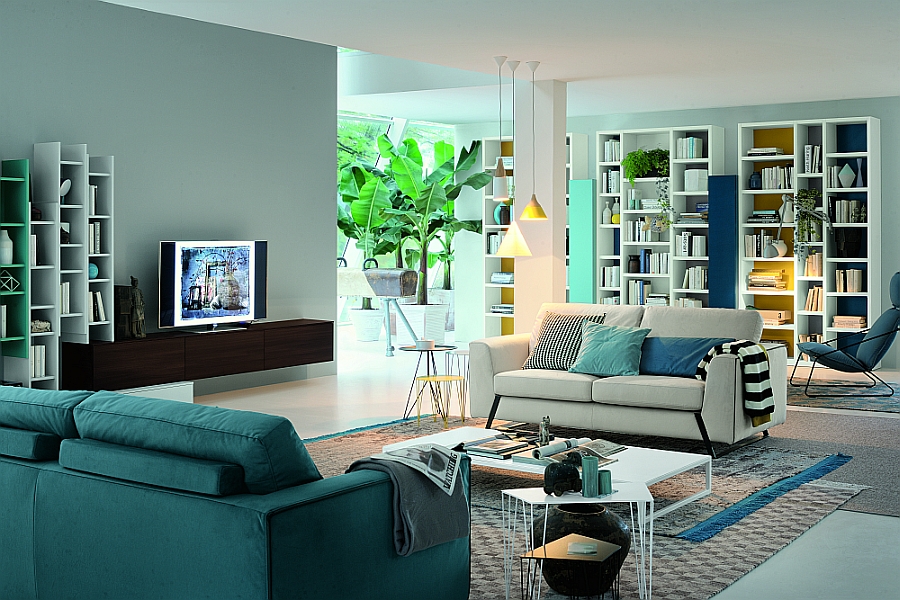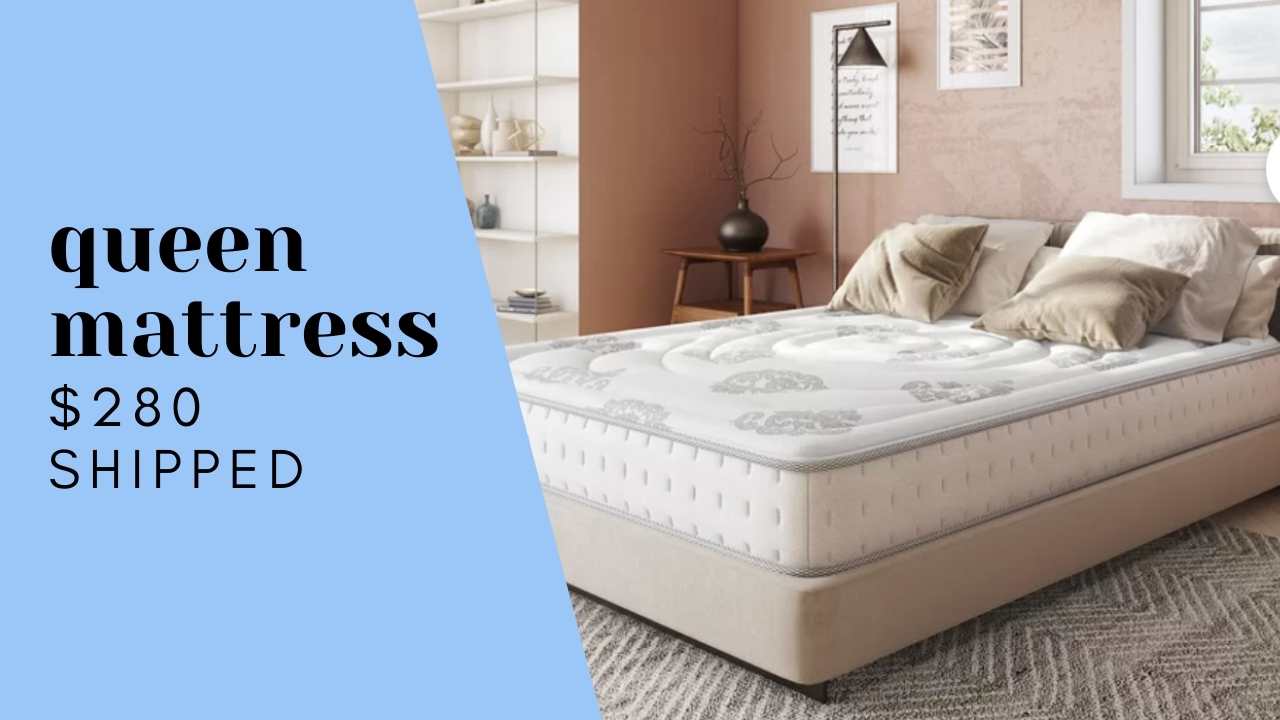Traditional Edwardian House Design
The traditional Edwardian house design is characterized by its spacious layout and high ceilings. Its exterior is usually a combination of brick and stone, adorned with classical columns and ornamentation. Popular features of an Edwardian home include a spacious front porch, open-plan living area, and multiple fireplaces. Inside, the house boasts an impressive staircase, ornate moldings, and elegant stained-glass windows.
Edwardian homes were typically large in size and heavily insulated. The inclusion of windows allowed sunlight to flood in, creating a bright and airy atmosphere. Inside, Edwardian rooms featured sophisticated fireplaces and ornate light fixtures. Hardwood furnishings, such as dining room tables, were popular during this era, along with intricately carved door frames.
The Edwardian house style is often credited with bringing a touch of royal elegance to the average home. It’s seen as an evolution of the Queen Anne style, with the addition of some modern amenities such as indoor plumbing and electrical wiring.
Victorian Row House Design
The Victorian row house style is a quintessential example of an historic house design. This style of house is characterized by its charming asymmetrical facade and steep-pitched rooflines. These houses are typically two-story structures, with a covered porch extending along the front and side of the house. Common features include ornate trim, arch-front windows, and decorative doorways.
Inside, a Victorian row house generally includes both a living area and an eat-in kitchen. Rooms are typically laid out in a very formal way, often with a staircase in the center or to the side of the house. Staircase railings were often ornately crafted, and often feature natural elements such as wood or stone.
The elaborate facade of a Victorian row house gives it a sense of grandeur. Their popularity has endured for decades, and these houses can be found in numerous cities around the world. Even today, this style remains popular among those who appreciate the charm and history of these classic homes.
Terrace House Design
Terrace house designs are similar in many ways to traditional Edwardian house designs. However, terrace houses typically feature a much more geometric format, with a symmetrical facade and strict formality. These houses often feature ornate porticos at the entrance, and the exterior may be made of brick and stucco, or a variety of stone materials.
Terrace houses typically feature two levels, with a living area, dining area, and kitchen on the ground floor. upstairs, bedrooms and bathrooms are usually located. They often have a relatively narrow footprint, making them a great choice for city dwellers, especially those who are interested in living in a historic style home.
Terrace houses have become increasingly popular in recent years, both here in the United States and abroad. They are especially admired for their traditional style and unique customizable elements. They offer a great compromise of affordability, modern amenities, and classic charm.
Craftsman Row House Design
The Craftsman row house style evolved from the Arts and Crafts movement at the turn of the 20th century. This style of house is characterized by its minimal, geometric design, emphasizing a streamlined facade. Craftsman homes often feature open porches and large windows that expand natural light and emphasize the connection to the outdoors.
On the interior, Craftsman houses often feature built-in cabinets and bookshelves. Other popular features include exposed ceiling beams and natural wood surfaces. These homes also popularly feature stone fireplaces in the living area, long with hardwood floors throughout.
The Craftsman style house remains a popular choice for homeowners looking for a modern take on a classic design. These houses are often associated with warmth and comfort, and can often be customized to fit the specific lifestyles and tastes of each family.
Queen Anne Row House Design
The Queen Anne style of row house evolved in the late 19th century. This style is often characterized by its traditional, traditional, and symmetrical facade. Queen Anne houses typically feature detailed trim work, a steep gable roof, and an ornate portico. Decorative elements such as pediments and balustrades are also popular for these houses.
Inside, Queen Anne houses usually feature a central hall that leads to other rooms. Many have a formal dining room that is adorned with carved moldings and intricate woodwork. Bedrooms are often situated on either side of the house, often with ensuites featuring clawfoot tubs and vintage mirrors.
Queen Anne houses remain popular with homeowners due to their classic style and timeless appeal. Their intricate details give these houses a sense of luxury and sophistication that can’t be found in more modern designs.
Georgian Row House Design
The Georgian row house style is a popular option for those looking for a traditional style with a touch of elegance. This style of house usually features a symmetrical facade, with evenly spaced windows and a recessed entrance. Often, the windows are framed with decorative stone or wood elements. The exterior may be made of brick, stone, or stucco.
Inside, Georgian houses usually feature large rooms, with hardwood floors and high ceilings. Often, the walls of the house are painted in bright colors, and may feature ornate wallpaper or intricate wainscoting. Staircases usually ascend up the center of the house, and the front door may be surrounded by either classic or neoclassical elements.
The Georgian style of row house remains popular among homeowners due to its highly customizable nature. Homeowners can easily add unique touches such as original fireplaces or detailed tile work, making these homes truly one of a kind.
Prairie Style Row House Design
Prairie style row houses are characterized by their organic, slightly asymmetrical shape. These houses feature low-pitched hipped roofs, large windows, and stucco exteriors. Prairie style houses often have an equally spaced porch, with an overhang that shades the windows. Inside, rooms are usually lit with natural light and feature cozy fireplaces and built-in shelving.
Prairie row houses are designed to create an open and airy atmosphere. While many are one-story, some may include a second level and an attic. Popular interior features include cozy fireplaces, expansive built-in shelving, and intricate tile work. These houses are usually decorated in earthy colors and may have some wainscoting.
The Prairie style house is perfect for those who want a calm and relaxing home. Their serene atmosphere and natural colors evoke a sense of peace and comfort, and provide a perfect backdrop for winding down at the end of the day.
American Foursquare Row House Design
The American Foursquare row house is a popular style of house, characterized by its boxy shape and large windows. This style features a symmetrical facade, with a hipped roof and large gables. The exterior is usually made of brick or stone, and often features decorative elements such as stonework and stone pilasters.
Inside, the American Foursquare houses usually have large, open-concept living areas. Rooms may be adorned with fireplaces, ornate moldings, and large windows. Staircases typically ascend up the center of the house, leading to the bedrooms and bathrooms on the second level. Ground level often features a kitchen and an eat-in dining room.
The American Foursquare row house offers a modern take on a classic style. It combines a warm and comfortable atmosphere with modern amenities, making it a popular choice for homeowners looking for a timeless design.
Art Deco Row House Design
The Art Deco row house style is a timeless classic. This style of house is usually very symmetrical in form and incorporates classic elements such as art deco style moldings, curved stairs, and stucco walls. These houses usually feature balconies on the second level, and a portico at the front. They often include decorative touches such as patterned stone and brickwork, as well as intricate tile designs.
Inside, Art Deco houses usually feature cozy fireplaces in the living area and lavish bedrooms on the second level. Other popular features include built-in bookshelves, detailed trim work, and intricate wallpapers. Many of these houses also include a fully equipped kitchen with a breakfast nook.
The Art Deco style house is a perfect choice for those looking to bring in a sense of extravagance into their home. Its elegant design and lavish details makes it an enduring favorite among homeowners.
Italianate Row House Design
The Italianate row house style is a classic design that is still favored for its warm and inviting atmosphere. This style of house typically features an asymmetrical facade, with a low-pitched roof and a recessed entrance. Typically, these houses are decorated with elaborate stonework, detailed trim, and ornate brackets and pediments.
Inside, rooms are usually bright and airy, with large windows and high ceilings. The kitchen may be laid out in a cozy nook or connected to the adjacent dining room. Popular interior features include natural wood floors, fireplaces, and intricate moldings and trim. Bedrooms are usually situated on the second level.
Italianate row houses remain popular among homeowners due to their classic yet luxurious style. They offer the perfect balance of modern amenities and old-world charm.
The Traditional Early 1900's Row House Design
 The traditional
row house design
that originated in the early 1900s is a great way to combine classic styling with modern amenities. Their long shape and tall ceilings often have a distinct charm that cannot be found in more modern dwellings. These townhouses are made up of smaller units that are attached side-by-side to form a single block.
The traditional
row house design
that originated in the early 1900s is a great way to combine classic styling with modern amenities. Their long shape and tall ceilings often have a distinct charm that cannot be found in more modern dwellings. These townhouses are made up of smaller units that are attached side-by-side to form a single block.
The Unique Design of Traditional Row Houses
 Row house designs typically feature distinct variations between the front façade and the back of the building. The front of the building was often designed to draw attention, while the back had more utilitarian purposes. The front of the typical row house often featured ornate entryways or decorative brick facades, while the back of the building had a more utilitarian design and served as the entrance for the home.
Row house designs typically feature distinct variations between the front façade and the back of the building. The front of the building was often designed to draw attention, while the back had more utilitarian purposes. The front of the typical row house often featured ornate entryways or decorative brick facades, while the back of the building had a more utilitarian design and served as the entrance for the home.
The Benefits of Traditional Row House Design
 Traditional row house
designs
also incorporate a wide variety of amenities. High ceilings, wide entryways, area rugs and other stylistic touches give these homes a unique beauty. Additionally, the attached design of row houses provide increased privacy from adjacent properties as well as enhanced security. The closeness of the structures also allows for more energy efficiency, since the homes can share utilities and other structural components.
Traditional row house
designs
also incorporate a wide variety of amenities. High ceilings, wide entryways, area rugs and other stylistic touches give these homes a unique beauty. Additionally, the attached design of row houses provide increased privacy from adjacent properties as well as enhanced security. The closeness of the structures also allows for more energy efficiency, since the homes can share utilities and other structural components.
Restoring and Updating Traditional Row House Design
 For those interested in restoring a vintage row house, there are some considerations to be made. Before beginning any work, it is important to understand the local ordinances pertaining to these structures. Unpermitted work can result in costly fines or even more serious legal action. Additionally, when embarking on a restoration project, finding original materials, fixtures, and architecture can be challenging. While there are many salvage and antique stores which can provide an array of options, using these resources can add up quickly in terms of expense.
Furthermore, updating a traditional row house to modern standards can often involve compromising the original design aesthetic. By skillfully incorporating modern energy-efficiency, technology, and safety features while preserving the original design style, one can be sure to maintain the timeless charm of a traditional row house.
For those interested in restoring a vintage row house, there are some considerations to be made. Before beginning any work, it is important to understand the local ordinances pertaining to these structures. Unpermitted work can result in costly fines or even more serious legal action. Additionally, when embarking on a restoration project, finding original materials, fixtures, and architecture can be challenging. While there are many salvage and antique stores which can provide an array of options, using these resources can add up quickly in terms of expense.
Furthermore, updating a traditional row house to modern standards can often involve compromising the original design aesthetic. By skillfully incorporating modern energy-efficiency, technology, and safety features while preserving the original design style, one can be sure to maintain the timeless charm of a traditional row house.


















































































































